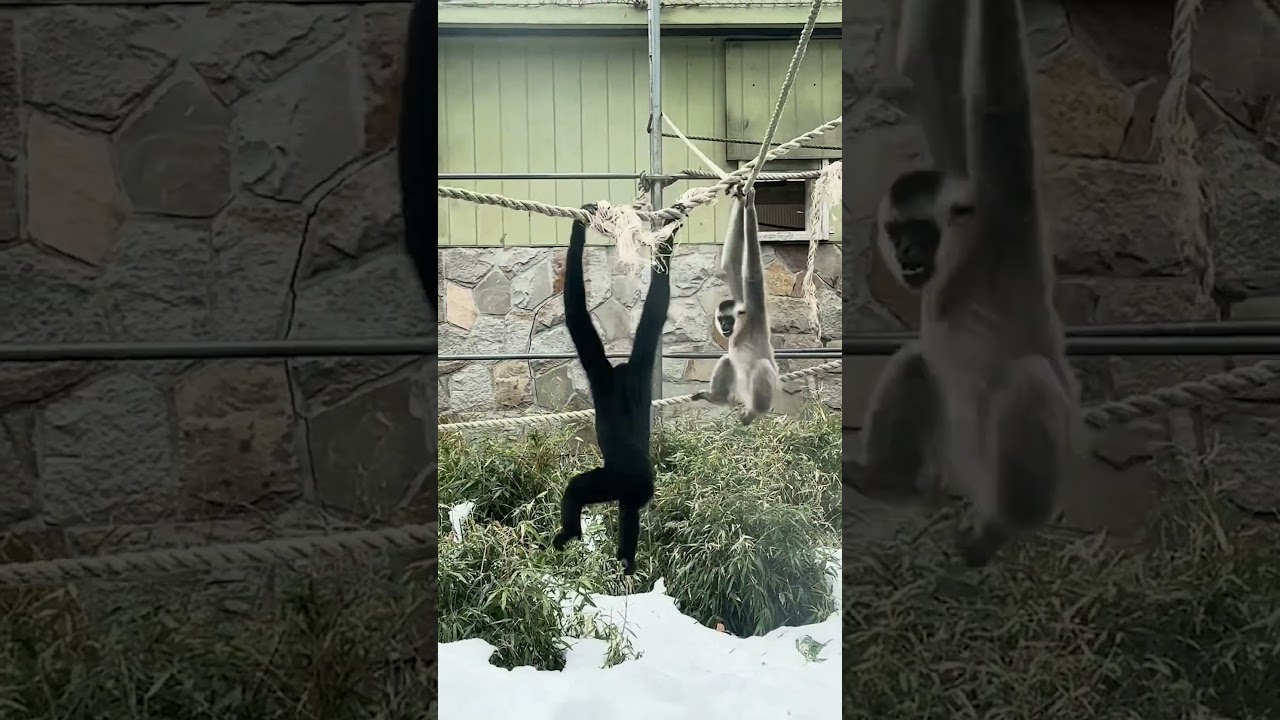- Exploring the Vibrant and Informative Nature of Trieu’s True Colors
- Analyzing the Impact of Wildlife Conservation Efforts on Zoo Management
- Understanding the Role of Zoology in Modern Conservation Strategies
- Assessing the Educational Value of Trieu’s True Colors for Public Awareness
- Highlighting the Intersection of Technology and Zoological Studies in Wildlife Management
Trieu’s True Colors offers a captivating insight into the complex tapestry of wildlife that adorns our planet’s ecosystems. This video sheds light on various animal species while emphasizing the importance of conserving biodiversity. Its vivid portrayal serves as both an educational tool and a catalyst for a deeper understanding of the symbiotic relationships within nature’s vast network. By engaging viewers with stunning visuals and scientifically driven narratives, Trieu’s project emphasizes the importance of conservation and the role of each species in maintaining ecological balance.
Conservation of wildlife is an intricate task requiring the collaboration of diverse disciplines, including zoology and zoo management. Trieu’s True Colors highlights the successes and ongoing challenges faced by conservationists around the world. It underscores the need for continued efforts in habitat protection, animal rehabilitation, and breeding programs. Each of these measures is vital for ensuring the survival of endangered species. By showcasing real-world examples of animals thriving due to conservation initiatives, Trieu’s True Colors reinforces the necessity of sustained commitment to preserving biodiversity.
Zoology serves as the backbone of wildlife conservation strategies. It provides the requisite knowledge about animal behavior, genetic diversity, and ecological roles. Understanding these scientific principles allows conservationists and zookeepers to make informed decisions. Trieu’s True Colors leverages this by illustrating zoological concepts through real-life examples, such as the behaviors exhibited during mating rituals or the nurturing practices of various species. These insights are pivotal in educating the public about the intrinsic value of each species and the broader ecological implications of their extinction.
Furthermore, the educational component of Trieu’s True Colors cannot be overstated. The video serves as a platform for encouraging public involvement in conservation efforts. Through engaging storytelling and compelling footage, it fosters a sense of responsibility and stewardship among viewers. This awareness is crucial for garnering support for policies aimed at habitat preservation and sustainable management of natural resources. Trieu’s True Colors effectively bridges the gap between scientific research and public understanding, promoting a holistic approach to environmental education.
Technology plays an increasingly critical role in zoological studies and wildlife management. Trieu’s True Colors exemplifies the intersection of technology and animal conservation through the use of advanced imaging techniques and data analytics. These tools provide unprecedented access to remote habitats and allow for the tracking of migration patterns and genetic studies. The integration of digital documentation and analysis in wildlife conservation enhances our ability to protect endangered species and manage their populations effectively. This technological synergy offers new avenues for scientific research and public engagement, expanding our collective capacity to preserve nature’s true colors for future generations.
The innovative presentation of Trieu’s True Colors sets a benchmark for content that is both visually striking and scientifically substantive. By addressing these key areas—wildlife conservation, zoological education, and technological integration—Trieu’s project contributes significantly to our understanding of the natural world. It is an essential instrument for both education and advocacy, fostering a culture of preservation that is both informed and inspired. Through its vivid depictions and insightful narratives, Trieu’s True Colors affirms the critical importance of protecting our planet’s diverse species, urging viewers to appreciate and safeguard the precious balance of our ecosystems.
*****
Source Description
At birth, all white-cheeked gibbons have a beige-colored coat. Some of you may remember when Jian and Trieu had lighter coats! Around one and a half years old, both male and female coats darken to black. You can see Trieu’s coat is transitioning to beige, as happens to females around five to seven years old when they reach sexual maturity! #gibbon #StoneZoo #growingup

